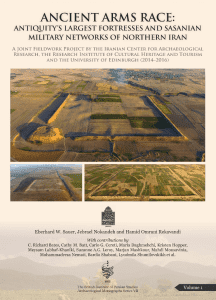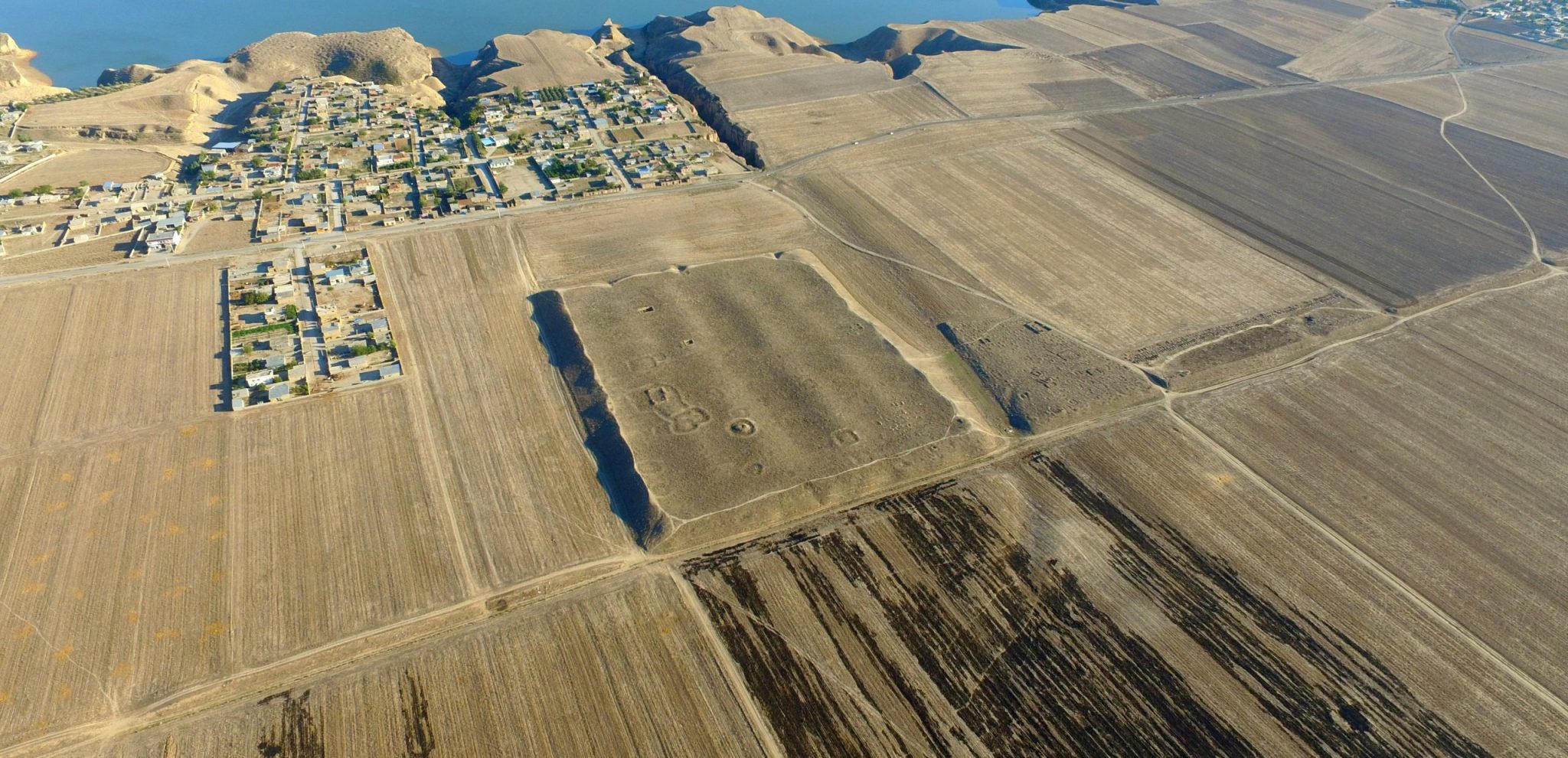Ancient Arms Race: Antiquity’s Largest Fortresses and Sasanian Military Networks of Northern Iran
by Eberhard W. Sauer, Jebrael Nokandeh and Hamid Omrani Rekavandi.
With Professor Eberhard W. Sauer
 In this webinar, Professor Eberhard W. Sauer will introduce the forthcoming Ancient Arms Race BIPS monograph, which focuses on the most recent fieldwork in northern Iran, including the Gorgan Wall and some of the largest fortifications in the ancient world. This has shed fascinating new light on ancient geopolitics.
In this webinar, Professor Eberhard W. Sauer will introduce the forthcoming Ancient Arms Race BIPS monograph, which focuses on the most recent fieldwork in northern Iran, including the Gorgan Wall and some of the largest fortifications in the ancient world. This has shed fascinating new light on ancient geopolitics.
Few realise that imperial Rome had a serious competitor in Late Antiquity. Late Roman legionary bases, normally no larger than 5 ha, were dwarfed by Sasanian fortresses, often covering 40 ha, sometimes even 125–210 ha. The latter did not necessarily house permanent garrisons but sheltered large armies temporarily – perhaps numbering 10–50,000 men each. Even Roman camps and fortresses of the early and high empire did not reach the dimensions of their later Persian counterparts.
The longest fort-lined wall of the late antique world was also Persian. Persia built up, between the fourth and sixth centuries AD, the most massive military infrastructure of any ancient or medieval Near Eastern empire – if not of the ancient and medieval world.
Much of the known defensive network was directed against Persia’s powerful neighbours in the north – rather than the west. Recent excavations have enabled archaeologists to precision-date two of the largest fortresses of South-west Asia, both larger than any in the Roman world. Excavations in a Gorgan Wall fort have shed much new light on frontier life, and a massive bridge has been unearthed nearby. A sonar survey has traced the probable terminal of the Tammisheh Wall, now submerged under the waters of the Caspian Sea. Further work has focused on a vast city and settlements in the hinterland. Linear barriers could decide the outcome of wars long after the end of antiquity and as late as the eighteenth century and this recent fieldwork has thrown the sheer magnitude of Persian military infrastructure into sharp relief.
The volume is available for pre-order on the Oxbow website.
About the authors:
Jebrael Nokandeh is Director of the National Museum of Iran, Tehran, and Research Fellow at the Research Institute of Cultural Heritage and Tourism (RICHT).
Hamid Omrani Rekavandi is Director of the Great Gorgan Wall Cultural Heritage Base, Iranian Cultural Heritage, Handcraft and Tourism Organization, Gorgan.
Eberhard W. Sauer is Professor of Roman Archaeology, School of History, Classics and Archaeology, University of Edinburgh.
To the left: Fort 4 on the Gorgan Wall. (Drone image by Davit Naskidashvili and the Joint Project)
